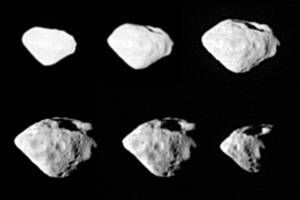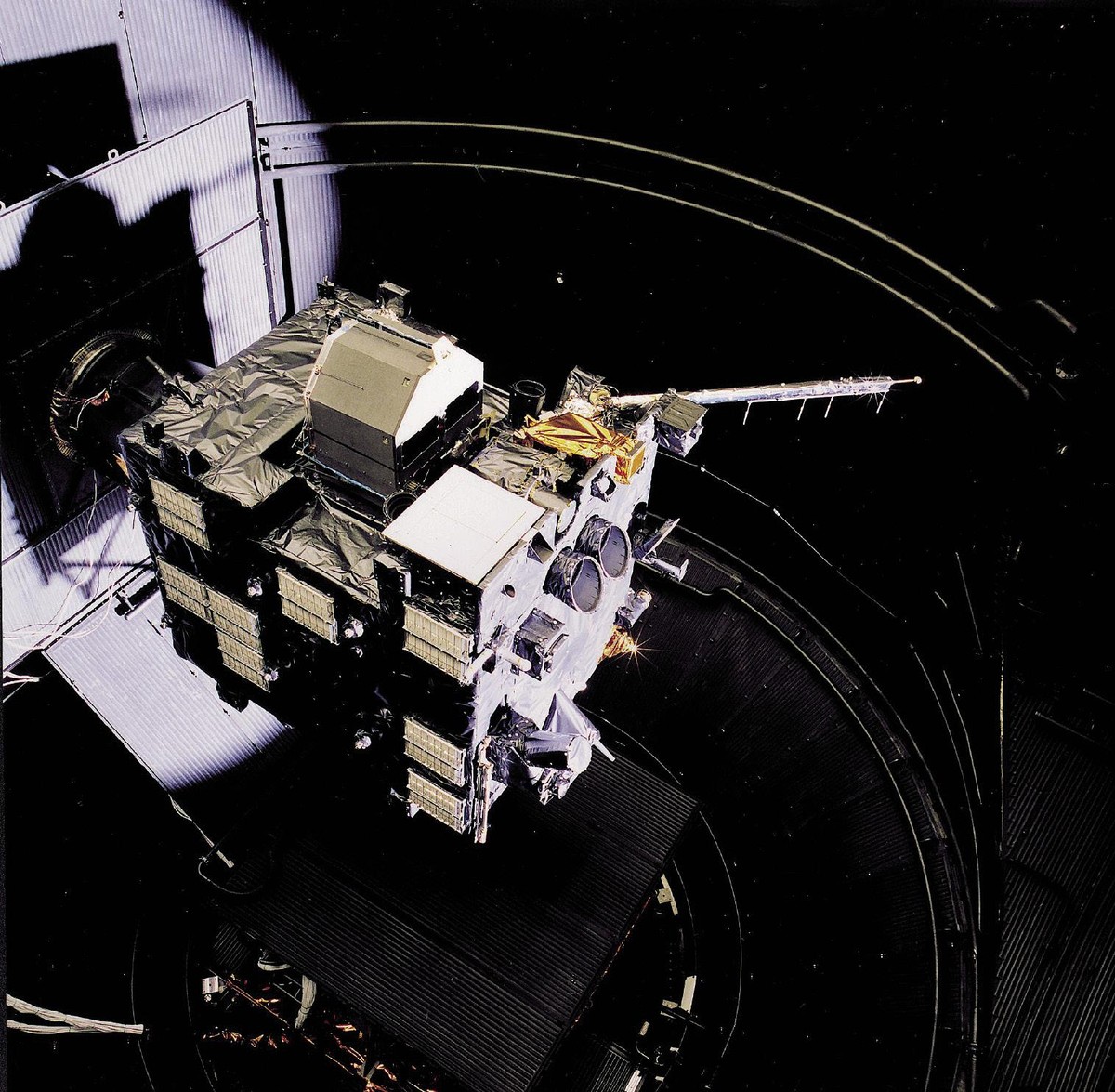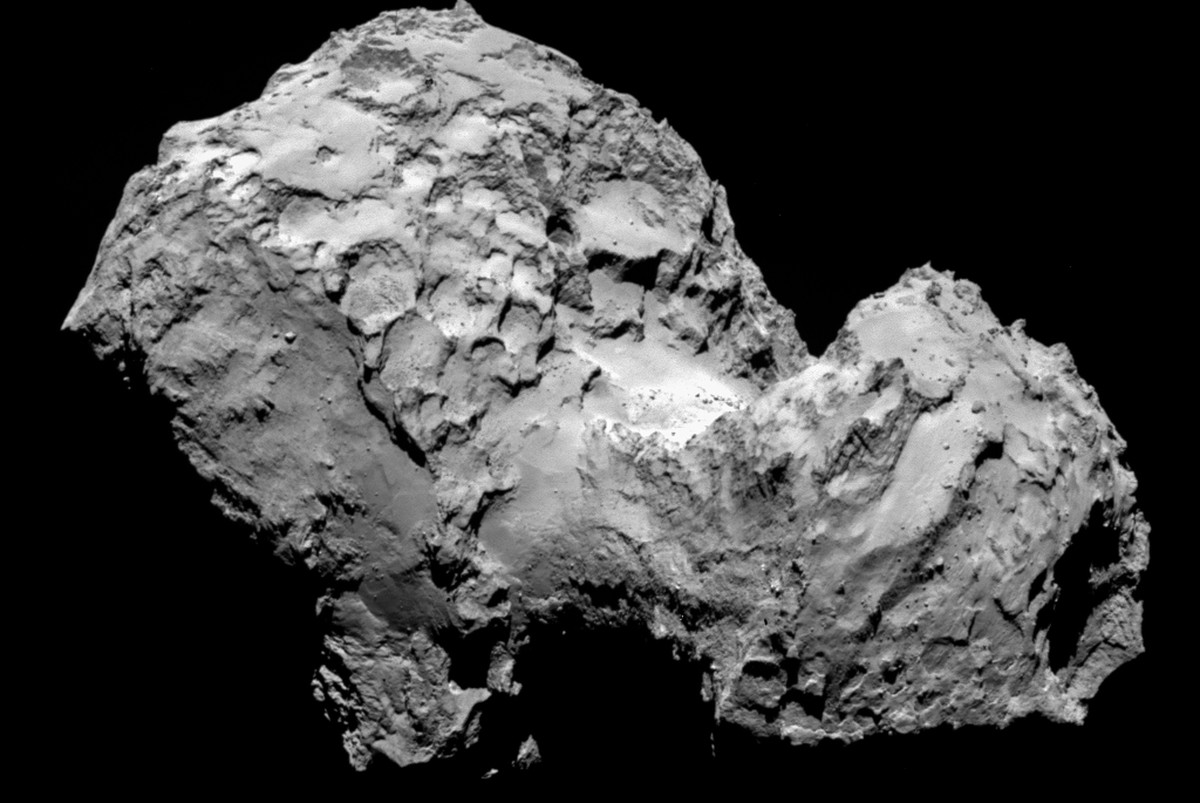Rosetta: lettered and ready to return to finish
2014/01/20 Galarraga Aiestaran, Ana - Elhuyar Zientzia Iturria: Elhuyar aldizkaria
Since June 2011 the Rosetta probe has been re-launched after its lethargy. It was launched by ESA in March 2004, the European Space Agency, with the aim of reaching comet 67P/Churyumov-Gerasimen in November of this year. Along the way, the entire path was designed to receive the gravitational thrust of Earth and Mars, and within it a space was also foreseen to enter the lethargy. During this time, his trajectory has approached the comet and now, after 31 months of sleep, he has awakened to reach his date with the comet in time and form.
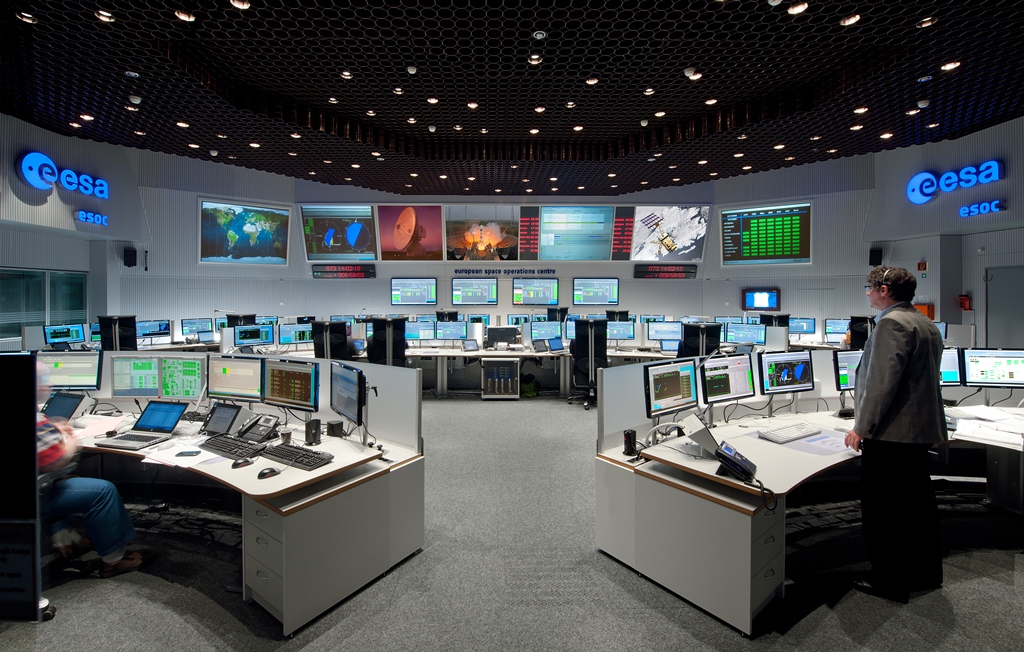
At first the destiny of the Rosetta mission was comet 46P/Wirtanen, but when the launch was delayed, it was replaced by 67P/Churyumov-Gerasimen. In any case, the objective of the mission did not vary: to analyze a comet of first hand, orbiting on it or taking samples of the surface of the comet.
Thus, among the tools carried by Rosetta are the telescopes, a mass spectrometer, equipment to measure the mass and chemical characteristics of the collected samples, tools to map the surface of the comet (in visible and infrared light), a device to identify isotopes and a radio signal analyzer. In addition, there is a star tool: Philae module.
Philae is a module that lands on the surface of the comet. When reaching the height of the comet, it will approach a meter of speed per second and, due to the low force of gravity of the comet, it will join the astro by means of arpones. Previously, through the tools of the probe, an exhaustive map will be made to choose the ideal place for the “cometario”.
Before, in May, ESA members hope to receive the first images of the comet. With them, they can calculate the exact position and orbit of the comet. And it will be placed in November on the cover of comet Philae. The engineers of the ESA recognize that they are not completely sure that it will come out well, since it has never been done before, but the Rosetta probe has satisfactorily fulfilled all the objectives planned to date.
In addition to goals, the path has importance
Since leaving French Guiana in 2004, Rosetta has travelled a long way. In 2005 he received support from the gravity force of the Earth and in 2007 from Mars. Months later he received the help of the Earth again and also in 2009. Between them he met the asteroid 2867 Steins and took his photos. In 2010 he portrayed another asteroid, 21 Lutecia. He also analyzed the remains that left a collision between asteroids and, a year later, fell asleep.
The orbit direction and asteroid study orders are received from Darmstadt (Germany) and receive the energy needed to travel through two giant solar panels. It has traveled more than 6.200 million kilometers in total.
Tasks after waking up
Rosetta has now received the order to wake up at 11 am and little by little they will go on all the gadgets. At 18:30 it is expected to receive the first signal and, from that moment, if everything happens as planned, it will begin to approach the comet and take photos.
The next central milestone will be the month of November, when Philae will attempt to stand on the comet. But with it the mission does not end. For several weeks Phila must work to analyze the samples collected from the surface of the comet and send the data obtained to Earth.
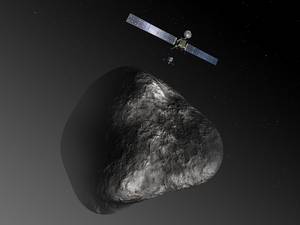
In 2015, Rosetta will have the opportunity to receive a unique testimony, since in October the comet approaches the solar perihelion and increases its activity. All these studies and data will allow researchers to obtain valuable information about the creation of the solar system. According to astrophysicists, the comets are composed of materials that did not become part of the planets, so they have not evolved. They are the dust of the real stars.
The awakening of Rosetta can be continued via streaming in http://www.livestream.com/eurospaceagency

Gai honi buruzko eduki gehiago
Elhuyarrek garatutako teknologia




